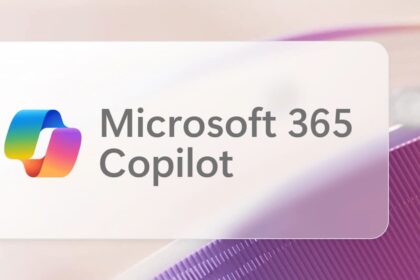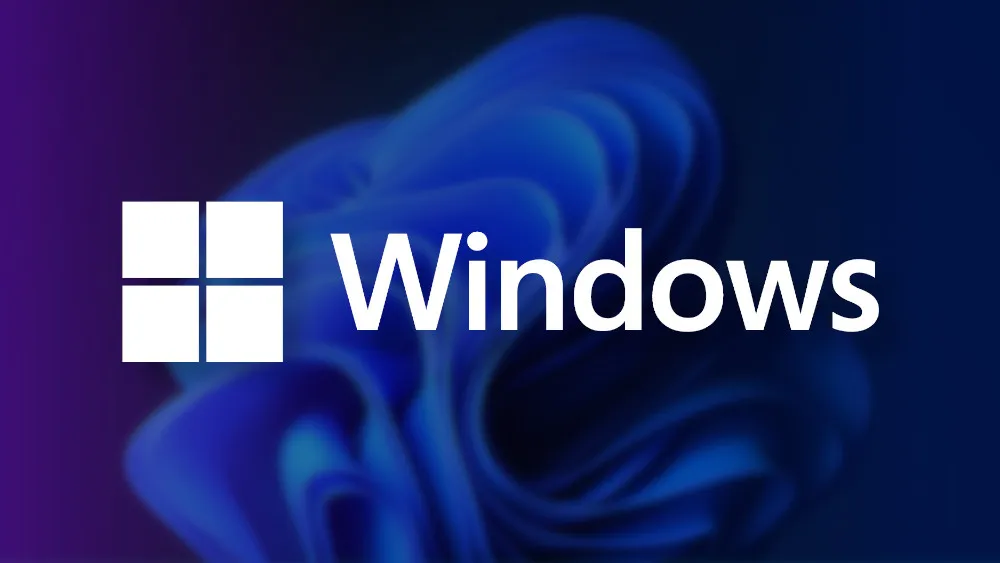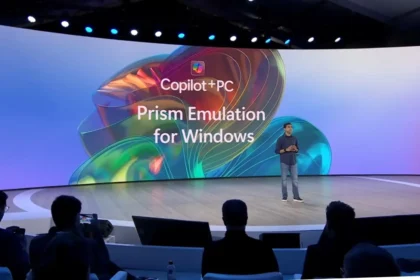Microsoft is aiming to make Copilot the central AI across all its products, services, and platforms. To reach that goal, the company is continuously expanding its capabilities—and recent reports suggest they’re now testing GPT-5 in a more advanced version of Copilot, pushing its reasoning and problem-solving skills even further.
But there’s more. Microsoft CEO Mustafa Suleyman recently shared the company’s long-term vision for Copilot, highlighting a future where the AI could evolve over time—even “age”—reflecting a highly personalized and dynamic user experience. The Verge was among the first to report on this forward-looking announcement.
Copilot Appearance puts a face on Microsoft’s AI: Meet the company’s virtual character
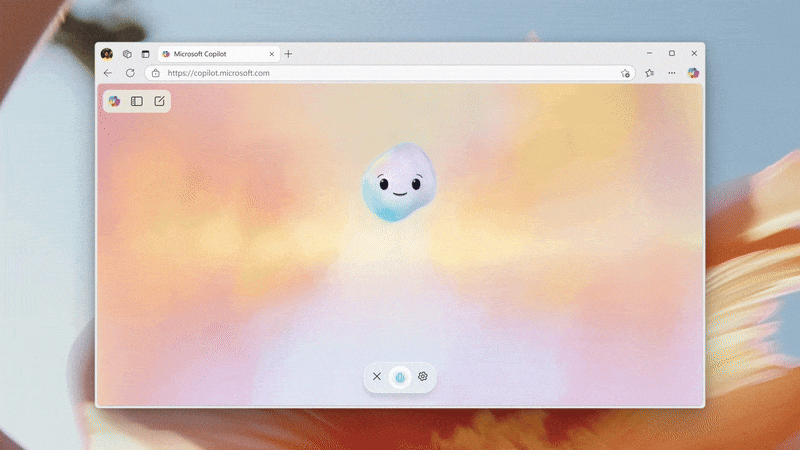
To fully understand Microsoft’s evolving vision for Copilot, it helps to look at the bigger picture. Recently, Mustafa Suleyman—Microsoft’s CEO of AI—joined an episode of The Colin & Samir Show podcast, where he opened up about the company’s ambitions for its AI assistant, the future of Copilot, and some experimental features currently in development.
Microsoft has already made significant efforts to personalize Copilot, reflected in a series of interface updates and usability improvements. But now, the company is pushing beyond aesthetics to give Copilot something deeper: a sense of identity.
Enter Copilot Appearance—an experimental feature designed to give the AI assistant a virtual personality. According to Suleyman, this project goes far beyond just visuals. Copilot is envisioned as having a persistent identity, an evolving presence, and even a “room” to exist in. The idea is for Copilot to “age” over time, reflecting a more human-like experience. Suleyman shared that he finds beauty in the concept of wear and aging—something rare in the digital world, where everything tends to stay static and untouched.
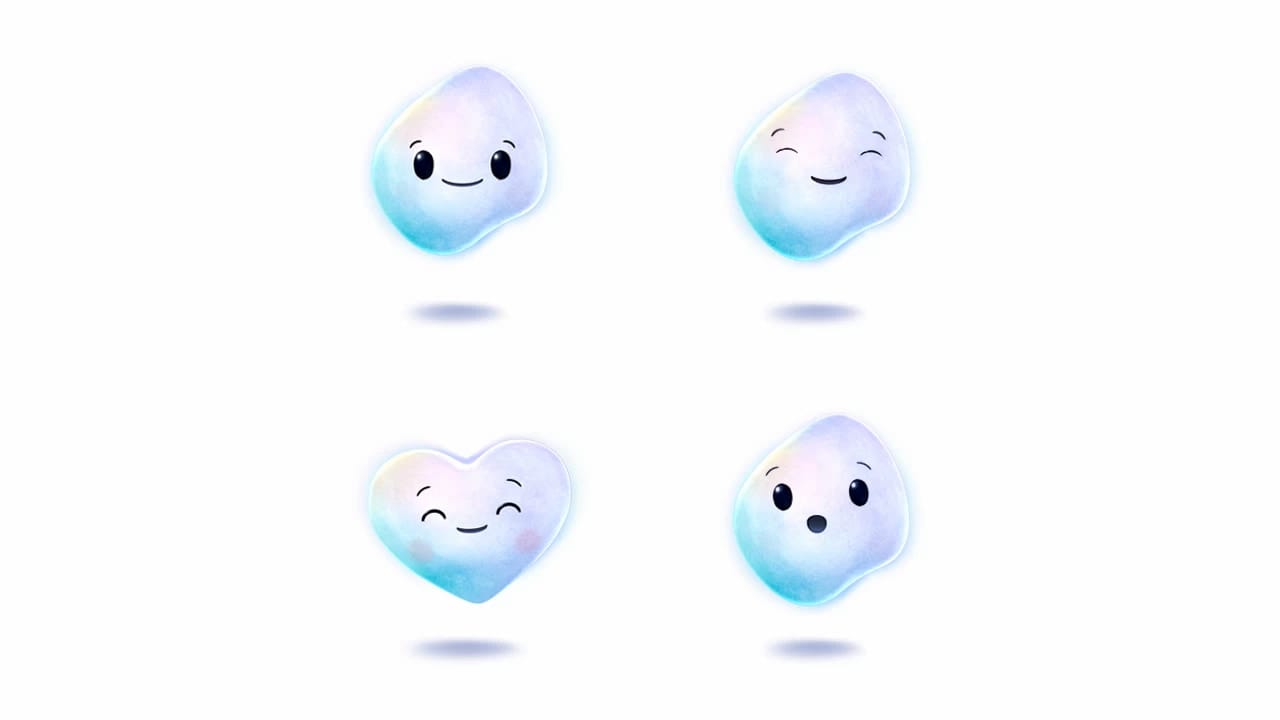
Copilot Appearance brings this idea to life by turning Copilot into a character capable of expressing emotions through facial gestures, tone of voice, and real-time memory. The assistant can smile, react with surprise, or show curiosity depending on the conversation. It’s not just about answering questions anymore—it’s about interaction that feels alive.
Right now, Copilot Appearance is still in early testing through Microsoft Copilot Labs, and it’s only available in the U.S., Canada, and the U.K.
Ultimately, Microsoft’s goal is to turn Copilot into a deeply personalized AI companion—one that adapts to each individual user over time. Since Suleyman joined the company, that vision has been coming into sharper focus, with Copilot becoming increasingly interactive and user-specific.
This move toward digital personas reflects a broader trend in AI, where virtual characters with emotional expression and memory are becoming more popular. We’ve seen similar developments with Grok avatars on X, and it’s clear that Microsoft intends to stay ahead in this emerging space.







